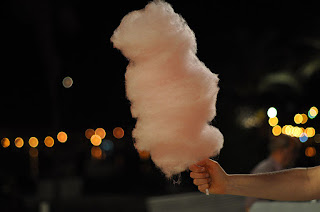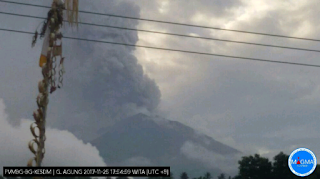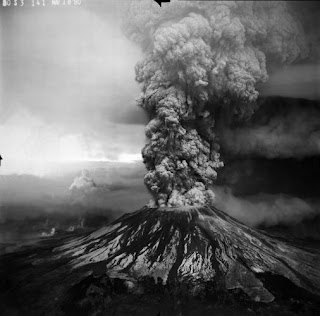Basalt wool inspired by Pele
There are many ways that we can learn from processes in nature. I study volcanoes to understand how they work, but we can also watch volcanic processes to learn how to make neat things that are practical like basalt fiber or basalt wool.
 |
| Problem solving for experiments means having the right tools. Never underestimate your need for tape. |
 |
| Lab size lava crucible. Countertop samples make great trivets. |
My latest distraction is rock wool. We are currently building a furnace to remelt basaltic lava, so that we can test various mixtures of water and magma, mixing speeds, and geometries to better understand how phreatomagmatic (water and magma) explosions work. We will pour the melt into a separate apparatus where the explosions will occur (don’t want to blow up the furnace!) and (surprise!) there are no premade lava catching containers currently on the market. We need insulating materials for any experiment involving hot rock (we are talking about ~1200 C / 2200 F). As we don’t want the melt to lose too much heat during the experiment, and we don’t want to the heat to damage our equipment, we are going to need a wide variety of materials.
We want to make sure that we can use a similar set up again and again, so we don’t want the insulation to interact with the melt, or change the system during the experiment. Through a series of strange searches in my favorite search engine I stumbled across basalt fiber, also known as rock wool. It is an excellent material for fire proofing and frequently used in roofing. What I quickly learned is there is a whole industry for basalt textiles, that’s right, basalt fabric!
 |
| Some insulation material after testing it with direct contact with lab lava. |
So what I started reading into, instead of the shopping I was actually supposed to do, was learning about what people do with basalt fabric. I really just wanted to know if I could start a fashion trend to not only wear rock jewelry, but basalt hats, or vests (I would start wearing a vest just to say it was made out of basalt). Mostly the fiber is used to reinforce concrete, sound proofing, insulating from electrical currents and heat. You can actually get basalt curtains, mostly used in industrial environments, by why not try it out in your home?
So how do you get a rock or even a flowing lava like this:
| Ooey gooey basalt lava from the East Rift of Kilauea, Hawaii, 2009 |
To look like this?
 |
| Woven basalt fiber by Racingjeff via Wikimedia Commons |
The process is surprisingly familiar. Those of you who have enjoyed cotton candy (or candy floss) at a fair have benefited from a similar process. The basalt is melted, much like the sugar in the fluffy candy treat, and then spun to make a light fibers of glass. It’s not unlike fiber glass. You can see a video of just one type of basalt fiber insulation made here.
 |
| Fluffy cotton candy aka candy floss by Cyclonebill via Wikimedia Commons. |
This process was inspired by a natural process! During eruptions involving basalt, the runniest of the common magma types, a wind can stretch out the melt and make strings of melt that cool quickly to form glassy fibers. This is usually called Pele’s Hair because it was observed commonly in Hawaii, but recently got more attention in Iceland where the Holuhraun eruption produced enough volcanic hair to make tumbleweeds! (video in Icelandic, but its all about the view). The abundance of this hair led to the suggestion of a new name for the eruption Nornahraun, which means witch’s hair lava.
 |
| Pele's Hair photograph by D.W. Peterson, via Wikimedia Commons |
On a much smaller scale we’ve made a fair bit of this fiber in the lab. It’s a great reminder that when lava cools it forms a lot of glass, particularly at the surface. Sugar is the glass that most people are familiar with, so it’s not surprising when a volcanologist says poking lava with a rock hammer is like playing with taffy.
 |
| Lab made Pele's hair. It sometimes even looks like cotton candy! |
This stuff is surprisingly resilient, despite being made of glass, but it can be sharp and get embedded in your skin. I’ve learned this the hard way, so you don’t have to.
 |
| My traveling duck wearing a Pele's hair toupee so you don't have to. |
Experiments are used to test scientific hypotheses, but they also can test the creativity of a scientist. Much like how nature constantly tests our ability to respond to our environment. Basalt fiber is a great example of taking inspiration from nature to meet an engineering challenge. It also reminded me that there is always something new to learn!



